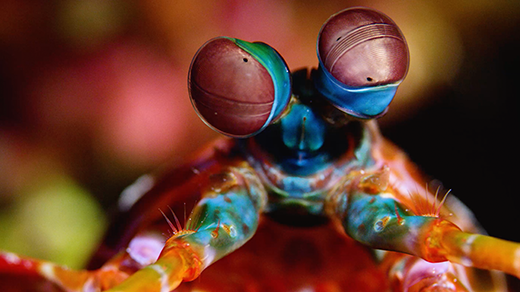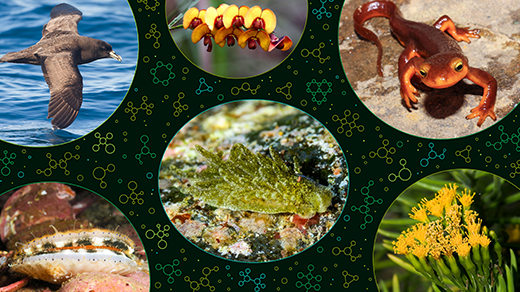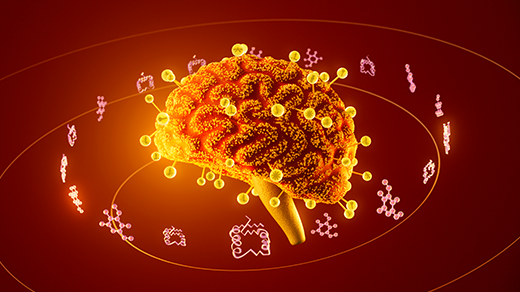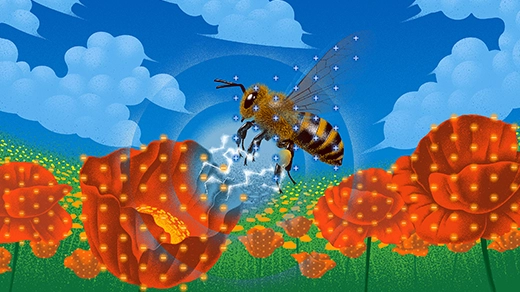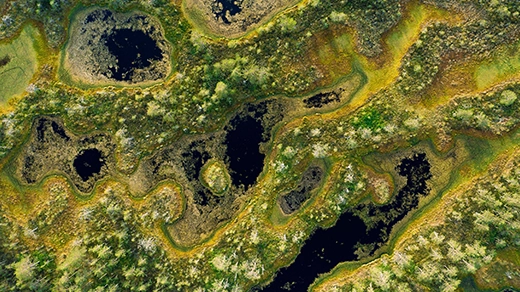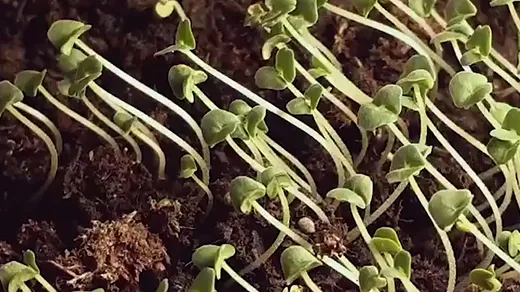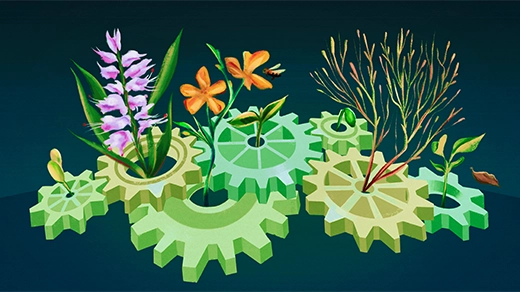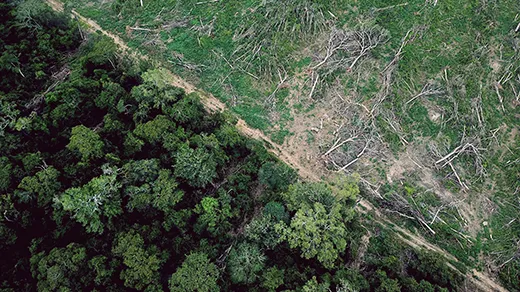What's up in
Plants
Latest Articles
When Did Nature Burst Into Vivid Color?
Scientists reconstructed 500 million years of evolutionary history to reveal which came first: colorful signals or the color vision needed to see them.
A New, Chemical View of Ecosystems
Rare and powerful compounds, known as keystone molecules, can build a web of invisible interactions among species.
The Year in Biology
Biologists used artificial intelligence to make discoveries about molecules and the brain, and overturned long-held assumptions about the immune system and RNA.
The Hidden World of Electrostatic Ecology
Invisibly to us, insects and other tiny creatures use static electricity to travel, avoid predators, collect pollen and more. New experiments explore how evolution may have influenced this phenomenon.
Across a Continent, Trees Sync Their Fruiting to the Sun
European beech trees more than 1,500 kilometers apart all drop their fruit at the same time in a grand synchronization event now linked to the summer solstice.
Simple Equation Predicts the Shapes of Carbon-Capturing Wetlands
To calculate the amount of carbon stored inside peatlands, researchers developed a unified theory of “bog physics” applicable around the world.
Plants Find Light Using Gaps Between Their Cells
A mutant seedling revealed how plant tissues scatter incoming light, allowing plants to sense its direction and move toward it.
The Key to Species Diversity May Be in Their Similarities
New modeling work suggests why nature is more diverse than niche-based ecological theory predicts.
Simpler Math Predicts How Close Ecosystems Are to Collapse
By replacing thousands of equations with just one, ecology modelers can more accurately assess how close fragile environments are to a disastrous “tipping point.”
